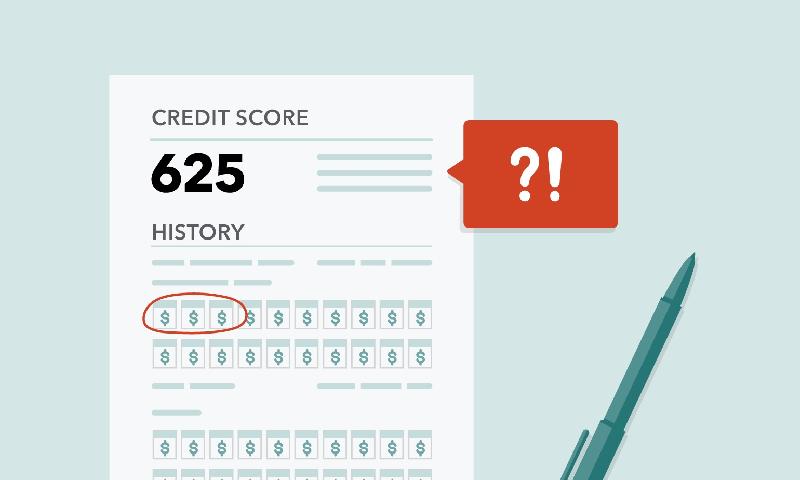If you’re unable to work due to disability, you may qualify for Social Security Disability Insurance (SSDI). In 2020, over 8 million people received benefits. If you add dependents, the number jumps to about 9 million. If you’re needing money to cover the costs of emergency care, you might want to look into SSDI. Here’s how it works and some of the things it covers.
SSDI Basics
There are two types of Social Security Disability Insurance Benefits. Supplemental Security Income (SSI) provides additional financial support to disabled persons with limited resources. To qualify, you have to meet the income requirements.
On the other hand, SSDI, otherwise known as Title II benefits, pays monthly benefits to people that can’t work because of disability. To qualify, you have to have significant physical or mental impairments that keep you from working for more than a year or that will lead to death within one year.
Basically, your impairment interferes with you performing your current job, and your age and disability keeps you from learning a new job. In addition, you have worked for at least five of the last 10 years before becoming disabled.
How SSDI Works
SSDI requires you to have paid enough Social Security taxes. Once eligibility has been determined, Social Security pays you monthly benefits. Your benefits equal a percentage of the average of your highest-earning years.
Unlike SSI, SSDI doesn’t have income restrictions. For example, if you’re receiving disability benefits from another source, such as worker’s compensation, this won’t disqualify you for SSDI.
Common Medical Qualifications
Along with the employment requirement, SSDI also requires that you qualify medically.
Here are some common disabilities that have qualified for SSDI:
- Arthritis
- Fibromyalgia
- PTSD
- Autism
- Heart Diseases
- Autoimmune diseases like lupus
These are just a few examples of what has previously qualified. It’s important to remember that the Social Security Administration considers each application on an individual basis.
What SSDI Covers
Now that you understand how SSDI works, let’s talk about what it covers.
Since SSDI replaces the income you would’ve earned from work if you were able, there are no restrictions set on what you can use it for. You can spend your benefits on bills like utilities or groceries. Plus, you can use it to pay for your house or car.
Using SSDI for Unexpected Expenses
Basically, it takes the place of your income. Just remember that it’s a percentage of your highest earning years, so it’s not going to be as much as you’re used to. While this is true, if you have enough to cover your basic expenses, you could use your SSDI to cover unexpected expenses.
For example, let’s say your air conditioner goes out. Can you use SSDI to buy a new air conditioner? Yes, you can. Over 84% of U.S. homes have air conditioners, and you can be one of them by using SSDI benefits to buy an air conditioner.
Moreover, you can use disability benefits to pay for repairs to your home, instead of filing a claim. Only 5% of homeowners file a claim on their homeowner’s insurance. For smaller issues, it’s much easier to just pay out of pocket. If you have enough disability benefits, you can do this, too.
Emergency Care
Lastly, you can use your SSDI benefits to cover emergency care. Having a disability means that you’ll run into unexpected medical costs. Receiving disability benefits allows you to pay for those medical expenses that hit you out of nowhere.
SSDI Benefits Are Lifesavers
As you can see, Social Security Title II disability benefits come in handy. You can count on them for income when you can’t work because of a disability. Most importantly, since you’ve paid for them, you can spend them just like you would your paycheck. After all, they’re not freebies, you’ve earned them by working while you were able.




